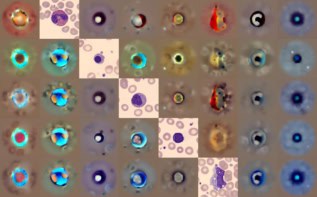Arrays of electrodes based on MEMs - or microelectromechanical systems - could be used to restore the sight of blind people. A US collaboration of government laboratories, universities and businesses has developed the arrays, which consist of 1000 electrodes. Implanted in the retina, the devices will electrically stimulate the optical nerve endings in patients with damaged retinas. The US Department of Energy is funding the $9 million dollar project.
Eye diseases such as retinitis pigmentosa and macular degeneration attack the rod and cone cells that detect light inside the eyeball, but leave most of the nerve endings intact. Although millions of people suffer from these conditions, project member Mark Humayun of the University of Southern California believes that the solution to the problem already exists. “There is a considerable amount of advanced technology literally sitting on the shelf or being used for defence purposes that we could use to help solve blindness,” he says.
The array of electrodes being developed by the American researchers is made from silicon components that are micrometres across – that is, a similar size to the nerve endings in the retina. A small camera attached to the patient’s spectacles activates the array by transmitting radio signals to it. Each electrode then fires an electrical pulse into a group of nerves, and the brain interprets this pulse as a visual signal.
The researchers are testing different electrical waveforms to find the one that best mimics the electrochemical response of the retina to light. Since the retina is very sensitive to pressure, the team plan to use spring-loaded electrodes to keep the devices in contact with the retina using the least possible force. The materials used to encase the arrays must also be highly reliable and compatible with the saline conditions in the eye.
Patients using the MEMs arrays will only be able to see 1000 pixels, in contrast with the millions of pixels visible to the healthy human eye. But project leader Kurt Wessendorf of Sandia National Laboratory says that the device should enable people to perform household tasks and read large type. He is also optimistic that his team will be able to make larger arrays in the near future.



